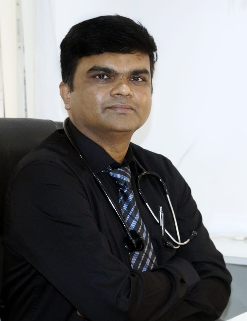Bhubaneswar, 2025 – In what experts are calling a silent epidemic, a significant number of young adults in Bhubaneswar East are now reporting distressing urinary symptoms—particularly nocturia (frequent night-time urination) and urgency (sudden compelling urge to urinate). These conditions, once considered more common in older populations, are now increasingly affecting students, IT professionals, and working youth in the city’s fast-growing urban areas.
Recent field observations and emerging research indicate that up to 72.3% of young adults in Bhubaneswar East experience these symptoms, severely impacting sleep quality, academic focus, and work productivity. Women are disproportionately affected, with urinary incontinence reported in 27.1% of females surveyed.
Dr. Debabrata Kumar Sabat, Senior Consultant Urologist and Andrologist, and Professor of Urology at IMS & SUM Hospital, Bhubaneswar, underscores the urgency of the situation:
“We are seeing a growing number of cases among 20–35-year-olds—many of whom come from areas like Rasulgarh, VSS Nagar, and Patia. These are not isolated complaints. Patients often come in saying, ‘Sir, I wake up 3-4 times a night and can’t sleep again,’ or ‘I can’t sit through my classes without rushing to the washroom.’ These aren’t just lifestyle annoyances—this is a sign that something deeper is affecting bladder function and quality of life.”
“From a clinical perspective,” Dr. Sabat continues, “nocturia and urgency are linked to multiple factors—poor hydration routines, late-night tea or caffeine, sedentary jobs, rising stress levels, and even undiagnosed metabolic or neurological conditions. If left unaddressed, they may increase the risk of chronic bladder dysfunction and mental fatigue. We must encourage early evaluation, especially among women who often underreport such symptoms.”
In areas like Jayadev Vihar and Saheed Nagar, private clinics and government health centres have also started seeing a higher number of youth presenting with these urological issues. Yet, despite growing prevalence, localized epidemiological data for Bhubaneswar East remains sparse, which hinders targeted policymaking.
Studies published in peer-reviewed medical journals (PubMed ID: 40396101, PMC12088582) have highlighted the national trends—but health experts emphasize the urgent need for Odisha-specific research, especially in semi-urban belts that are rapidly urbanizing.
Healthcare professionals are urging city authorities and state health departments to:
- awareness programs
- urological screenings
- lifestyle modifications
Dr. Sabat emphasizes, “It’s time to destigmatize urinary health conversations. Just like diabetes or hypertension, early identification of bladder dysfunction can prevent complications. Bhubaneswar is growing—but so are our health challenges. We need to keep pace.”

